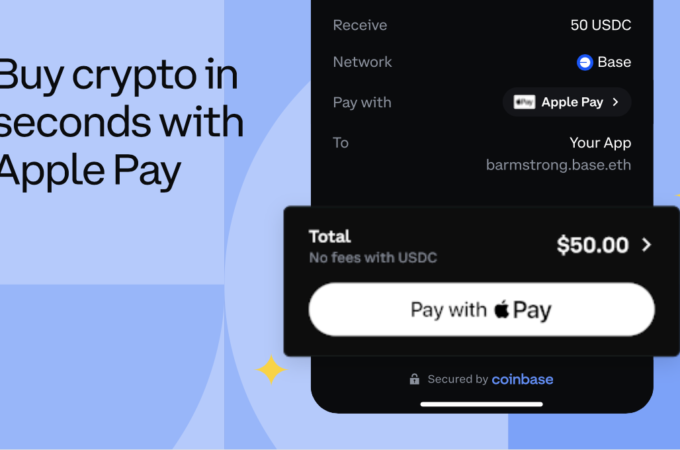Published [PDF] by the Ministry of Economy, Trade and Industry (METI), the evaluation process is developed by the Information Economy Division which operates under METI’s Commerce and Information Policy Bureau.
Development of the evaluation process took shape after five committee meetings in total held between November 2016 and March 2017 that included members such as Yuzo Kano, co-founder and chief executive of Japan’s largest bitcoin exchange, bitFlyer and Masanobu Takagi, blockchain architect at IBM Japan.
The Japanese ministry’s evaluation methodology includes 32 distinct pointers ‘which are especially closely related to the characteristics of blockchain technology’, the document reads. Evaluation items include scalability, portability, reliability, throughput, the number of nodes, performance efficiency and interoperability, among others. Blockchain platforms will also be classified by their public (open) or private (permissioned) nature and consortium-based blockchain platforms like Ripple and the Hyperledger Fabric will also be classified separately.
The need to create an authority-led evaluation process, METI explains, is due to heightened expectations of blockchain technologies to be applied in a number of sectors and industries. Described as ‘inexpensive systems that cause no downtime’, blockchain technology triumphs over conventional systems as they’re ‘extremely difficult to falsify’ in comparison, the ministry writes.

Credit: METI
Notably, it adds:
[N]o evaluation indices or criteria had been established to adequately assess the features of the technologies and to compare them with existing systems. This causes the public anxiety, misunderstanding, and unreasonable hopes to blockchain technologies, and leading to a potential unwillingness to introduce the technology.
Existing global evaluation models established by the likes of the International Organization for Standardization (ISO) are inadequate for blockchain-based systems, the Japanese Ministry claims. This is ‘due to [the] unique tradeoff caused by the structure of blockchain (e.g. Consensus between multiple nodes).’

Credit: METI
The next phase of cementing the methodology includes implementing the evaluation process among real world-systems and looking toward international standardization of evaluating blockchain systems






